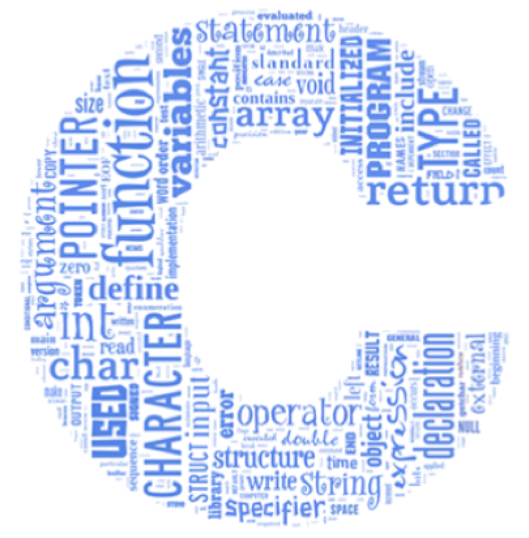Skip to main content
Contents Index Dark Mode Prev Up Next \(\newcommand{\N}{\mathbb N}
\newcommand{\Z}{\mathbb Z}
\newcommand{\Q}{\mathbb Q}
\newcommand{\R}{\mathbb R}
\newcommand{\lt}{<}
\newcommand{\gt}{>}
\newcommand{\amp}{&}
\definecolor{fillinmathshade}{gray}{0.9}
\newcommand{\fillinmath}[1]{\mathchoice{\colorbox{fillinmathshade}{$\displaystyle \phantom{\,#1\,}$}}{\colorbox{fillinmathshade}{$\textstyle \phantom{\,#1\,}$}}{\colorbox{fillinmathshade}{$\scriptstyle \phantom{\,#1\,}$}}{\colorbox{fillinmathshade}{$\scriptscriptstyle\phantom{\,#1\,}$}}}
\)
Section 28.11 Compile the Library to an Object File
In the code window below, inside the workspace folder (which is inside
engs20), you can find three files:
complexlib.c (our complex number library)
complexlib.h (header file)
testComplex.c (test file, which includes main)
Activity 28.6 .
Compile the library to an object file:
gcc -c -o complexlib.o complexlib.c
The -c flag instructs gcc to compile only, without linking and making an executable program.
The -o flag allows to specify the name of the output file "complexlib.o".
Note that
complexlib.o is not an executable program (it has no
main() for starters). It is simply the translation of our library into machine language.
If the server window does not load, please click here

